In 2019, the Prime Minister of India, Narendra Modi, warned the country about the ongoing “population explosion” that is preventing India from emerging as a significant economic power. He further observed that while there is one section in the country that carefully makes its reproductive decisions by following the small family norm, there is also a sizable section that doesn’t. According to the Prime Minister, the latter group by not following the small family norm is shunning its responsibilities towards the nation. He concluded by stating that such irresponsible behaviour is at the root of both illiteracy and poor health in the country.
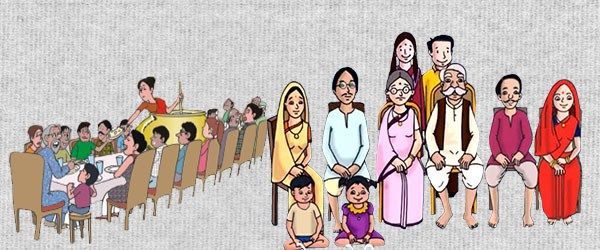
Contrary to popular belief, barring a few states, the Total Fertility Rate (TFR) in most states has declined significantly over the last decade. As a result, the Prime Minister’s speech not only sounded odd but extremely concerning as he drew explicit links between patriotism and family planning. Even though he did not identify the group whom he accused of irresponsible sexual behaviour, several journalists and activists alike, are convinced that the Prime Minister was referring to Dalit and Muslim communities. Both of these are communities who have historically suffered under coercive population control policies.
A few years before the Prime Minister’s speech, BJP MP Giriraj Singh attempted to pass a national population Bill as a tool to protect Hindu girls from the veil and India from the threat of terrorism. Singh, through his communally polarising demands, wished to provoke fear against Muslims by promoting false claims about their growing population. In 2019, BJP MP Rakesh Sinha proposed the Population Control Bill in the parliament.
Contrary to popular belief, barring a few states, the total fertility rate (TFR) in most states has declined significantly over the last decade. As a result, the Prime Minister’s speech not only sounded odd but extremely concerning as he drew explicit links between patriotism and family planning. Even though he did not identify the group whom he accused of irresponsible sexual behaviour, several journalists and activists alike, are convinced that the Prime Minister was referring to Dalit and Muslim communities. Both of these are communities who have historically suffered under coercive population control policies.
The Bill demands strict punitive action against families with more than two children. The Bill hopes that individuals with more than two children should not be allowed to participate in the electoral process as either voters or candidates. Furthermore, it argues that government welfare schemes, including the public distribution system, be made inaccessible to families that violate the small family norm. Therefore, it wouldn’t be unfair to say that the Bill targets poor, Dalit, Adivasi and Muslim individuals who rely heavily on government welfare schemes to make ends meet from time to time. A new version of the same Bill was proposed this year by Shiv Sena MP Anil Desai.
All of the claims mentioned above, as we will see later in the article, are baseless and threaten to undo the little progress that came about in national family planning schemes and policies in the years following the International Conference on Population and Development (ICPD) held in Cairo in 1994. The ICPD stated clearly that governments must not incorporate punitive means to fulfil their population targets and that women’s rights must remain central to any policy regarding family planning. The narrative around population control that is being promoted by those in power threatens to put millions of lives in jeopardy; therefore, it is essential that we bust some myths about population control and set the record straight.
1. Myth: India is experiencing a population explosion.
Reality: No, it’s not.
The Economic Survey of India 2018-19 clearly states that the population growth rate has been slowing down in recent decades. It mentions that the population growth rate of 2.5 per cent annually during 1971-81 has reduced to 1.6 per cent during 2011-16. Many significant states such as Bihar, Uttar Pradesh, Rajasthan and Haryana, that, at one point, were infamous for their large population are now experiencing a deceleration in population growth.
According to the census, the Total Fertility Rate or TFR, which is the number of children born to a woman during her lifetime, has reduced from 5.2 to 4.1 between 1971-1981 and from 3.6 to 2.4 during 1991-2016. A fertility rate of 2.1 is the ballpark figure indicating population stabilisation. Therefore, we can conclusively say that India’s population is not exploding. The current rate of population growth too was achieved via coercive population control schemes and policies under which women from Dalit, Adivasi and Muslim communities have disproportionately suffered. Women from these communities have undergone forced sterilisation and died in the process, consumed harmful contraceptive pills/injections and have had injections like Depo-Provera tested on them, without adequately obtaining their consent.
2. Myth: High population leads to poverty and hinders development.
Reality: Researchers argue that it remains difficult to establish a robust connection between population growth and development.
The theory that ‘overpopulation’ is at the root of all sorts of challenges that countries from the Global South face, including issues such as poverty, climate change and terrorism, has assumed the status of a truism at the global and national level. But this discourse obscures the voices that have consistently been raised against it by researchers and activists.
Countries like South Korea and Taiwan experienced rapid population growth throughout the second half of the 20th century without it negatively impacting their per capita income. Instead, between 1960-80 the average per capita income in South Korea and Taiwan was 6.2 per cent and 7 per cent respectively. Other studies have indicated that more than population growth, the age composition of a population plays an influential role in partly determining economic development. The ICPD (1994) too had rejected the idea that population growth and economic development are intrinsically related.
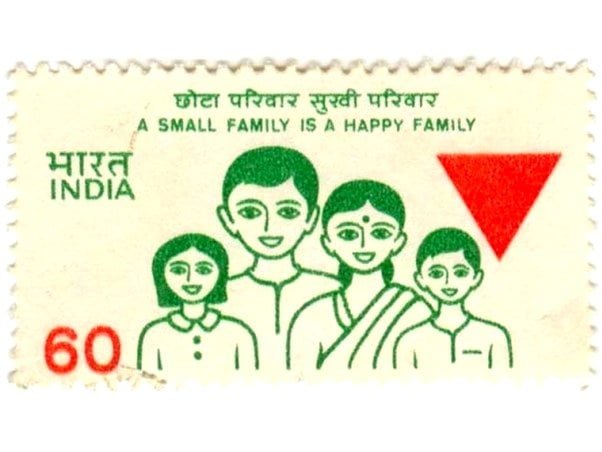
Scholars and activists alike have argued that the overpopulation narrative locates the cause of poverty in the individual without critiquing the structures within which they function. The implementation of the Structural Adjustment Programs (SAPs), for instance, has pushed several developing countries into debt, reduced employment opportunities and lowered wages. The cumulative impact of these economic conditions has resulted in both extreme poverty and the collapse of democratic institutions. However, the SAPs are seldom critiqued by international and national institutions for giving rise to devastating levels of poverty and malnourishment.
3. Myth: Population control is a neutral measure that does not selectively target communities based on their religion, caste or class.
Reality: The Family Planning Policy and Schemes in India have since their inception targetted Dalit, Adivasi and Muslim communities.
Contrary to popular perception, historically policymakers in India have focused their energies towards preventing the “wrong sorts” from reproducing instead of trying to halt the total rise in population across communities.
The National Population Policy (NPP) of India 2000, for example, clearly outlines its target groups. The policy, which aims at enhancing women’s reproductive choices, clearly mentions three groups that the state needs to discipline to attain the demographic goals set towards 2010 and 2045. These groups are urban slum-dwelling populations; Tribal Communities, Hill Area Populations and Displaced and Migrant Population and Adolescents. These categories are not merely class-based, a closer at them will reveal that Dalit, Adivasi and Muslim individuals predominately feature in these groups. Upper caste, middle-class individuals are not the primary subjects of this policy even though they are the authors of it.
The National Population Policy (NPP) of India 2000, for example, clearly outlines its target groups. The policy, which aims at enhancing women’s reproductive choices, clearly mentions three groups that the state needs to discipline to attain the demographic goals set towards 2010 and 2045. These categories are not merely class-based, a closer at them will reveal that Dalit, Adivasi and Muslim individuals predominately feature in these groups. Upper caste, middle-class individuals are not the primary subjects of this policyeven though they are the authors of it.
The upper-caste Hindu marriage does not come under the purview of this policy. Instead, the sexuality of non-Hindus, which includes Muslim individuals as well as Dalit individuals who fall outside the chatur varna system, is deemed as not only problematic but even dangerous to national development.
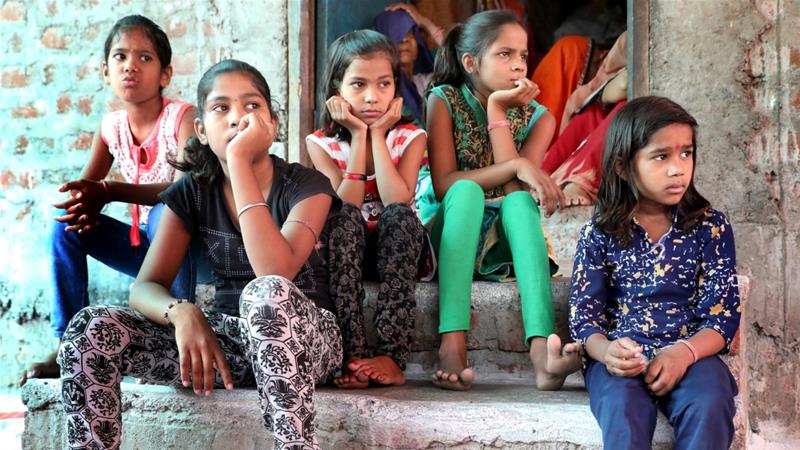
Mohan Rao notes in his work that the “lower castes” had to practice birth control to improve the Hindu race. The concern over “lower caste” sexuality was however, not marked by the same existential threat that was attached to the sexuality of the Muslim ‘Other’. The inception of Hindutva, in the early twentieth century, concretised these anxieties in the form of a political ideology driven by the motive of creating a Hindu nation. The fear that Muslims and Christians will soon outnumber Hindus in the country underlies much of its political philosophy.
Today, harmful injections such as Depo-Provera are promoted on the pretext that women can use these drugs without the knowledge of their husbands and avoid conflict at home. Such a justification frames male Dalit and Muslim sexuality as hyper-sexual and violent to aid pharmaceutical business interests in the country.
Also read: Family Planning In India And Its Anti-Women Approaches
4. Myth: Population Control is a purely national issue.
Reality: The narrative driving population control has always had both national as well as international roots.
Post the second World War, several conditions became conducive for poverty, family size and population to be linked with each other in a way that was quite unprecedented. Post-war, the US drove the overpopulation discourse, which specifically targeted the ‘Third-World’ population. The large number of poor people living in the Third World came to be perceived as a threat because there was a fear that these people might overthrow their existing governments and initiate a revolution.
The Indian government’s approach to family planning has also evolved over the years. Initially, Family Planning was introduced to lift people’s standard of living. It was only a few years down the line that population control got explicitly linked with economic development. Multiple US-based organisations such as Ford Foundation, Population Council and Rockefeller, began extending money to developing countries to control their population growth to avert the threat of political instability or Communism in the Cold War era.
Several developing countries in exchange for developmental loans implemented population control policies and set quotas. In India, in the 1970s, thousands of men and women were forcibly sterilised to fulfil internationally set demographic quotas as well as punish those who criticised the government.
The motive driving the population control agenda at the international level underwent a slight shift during the economic crisis of the 1980s. It was during this period that organisations such as the World Bank acknowledged the role women play in keeping households financially afloat via performing odd jobs during times of economic crisis. It became apparent at this point that for the continuous expansion of neoliberal market economy simply curbing political dissent via population control policies was not enough. Policies on reproductive health needed to ensure that women continued to perform unpaid and paid labour to sustain the neoliberal market order.
Several developing countries in exchange for developmental loans implemented population control policies and set quotas. In India, in the 1970s, thousands of men and women were forcibly sterilised to fulfil internationally set demographic quotas as well as punish those who criticised the government.
The International Conference on Population and Development (ICPD) is considered a watershed moment in the history of population discourse. The conference argued for women to be seen as rights holders and not as passive beneficiaries. It also critiqued the existing models of development that blamed population growth for poverty as being factually incorrect. India was a signatory to the Cairo Action Plan, and the NPP came into being in 2000 as a means of implementing some of these core values in India’s Family Planning architecture.
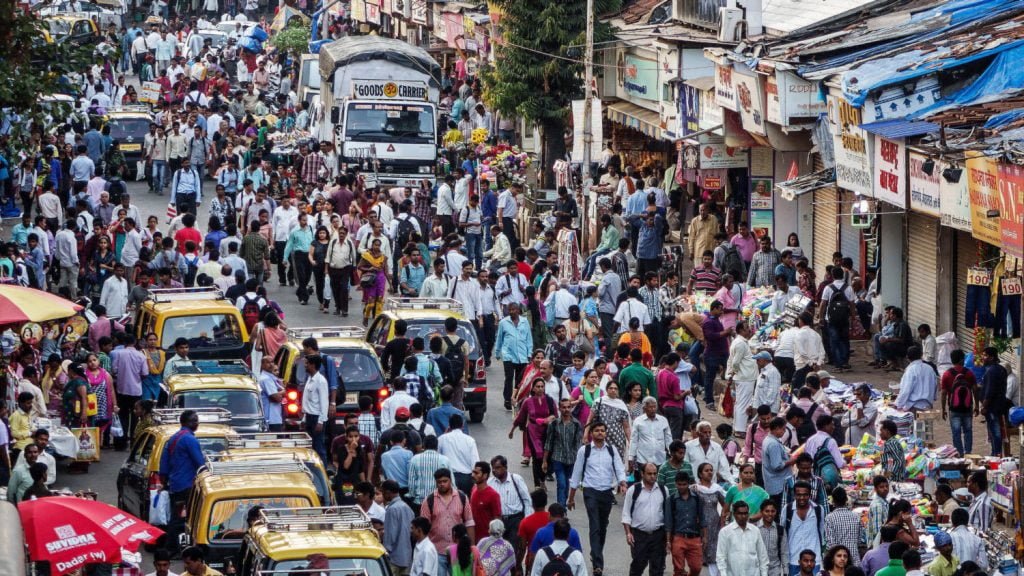
Scholar Kalpana Wilson has argued that Prime Minister Modi’s Make in India policy attempts to attract foreign investment by advertising India as an attractive investment destination based on the availability of cheap, flexible and efficient female labour force, which gives the government an additional motive for controlling women’s reproductive decisions to ensure continuous cash flow. The news about female garment factory workers in Chennai taking period suppressant pills to continue working for long hours is one of several instances that are occurring across the country.
Also read: HIV/AIDS Prevention And Control Bill (2014): An Insight
5. Myth: Present day India remains a vibrant democracy.
Reality: We are being fooled.
Prominent public health scholar, Dr Mohan Rao argues in his work that family planning measures have historically attempted to make citizenship rights conditional upon the small family norm. The NPP did attempt in a limited sense to incorporate the progressive framing and spirit of the ICPD. However, the recent spate of speeches and Bills demanding population control is seeking to undo all these achievements.
At a time, when India’s population is near stabilisation, we must ask the question—why is the Prime Minister lying about an ongoing population explosion? The contemporary demand for a strong population control policy stems from a range of neo-liberal and communal anxieties about the sexuality of the problematic ‘other’ whose very existence is considered a threat to the status quo.
About the author(s)
Pritha has recently finished her Master's in Women's Studies from Tata Institute of Social Sciences, Mumbai. Academically, she is keenly interested in issues of reproductive justice, crip theory, and contemporary feminist activism. In her free time, she loves to paint with watercolours and watch art tutorials.
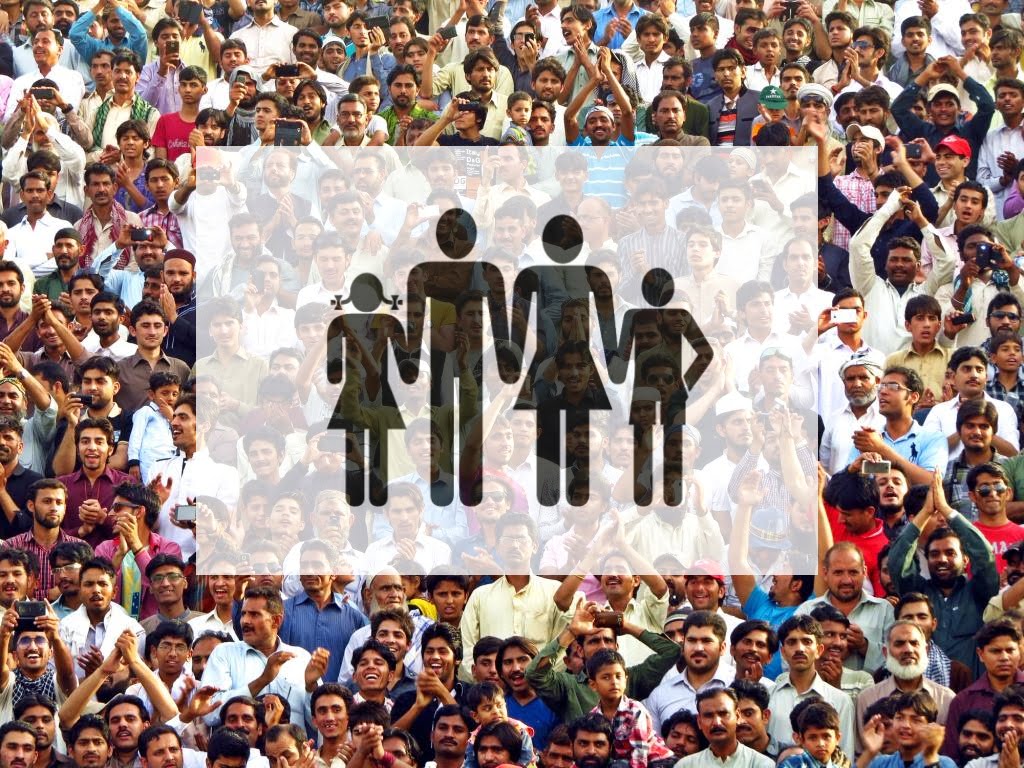




When it comes to the environment, issue is not that of over population. It is solely based on consumption patterns. For instance an entire village filled with people below the poverty line will consume the same amount of resources as a millionaire and his/her family living in a mansion in a metropolis. So who should be controlling the size of their family? The villagers or the millionaire?
Population is serious concern for Enviornment degradation apart from everything written above. Forest area is reduced for providing news homes and market place to growing population. Apart from political agendas one must focus on it seriously….